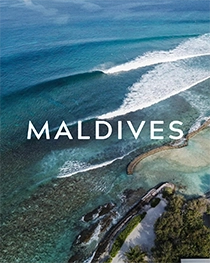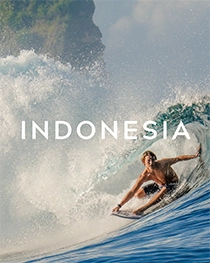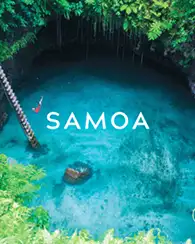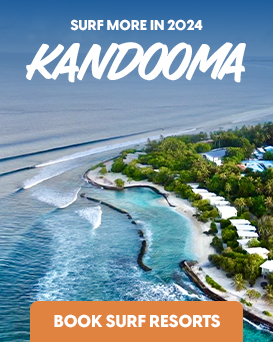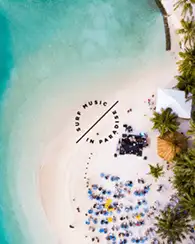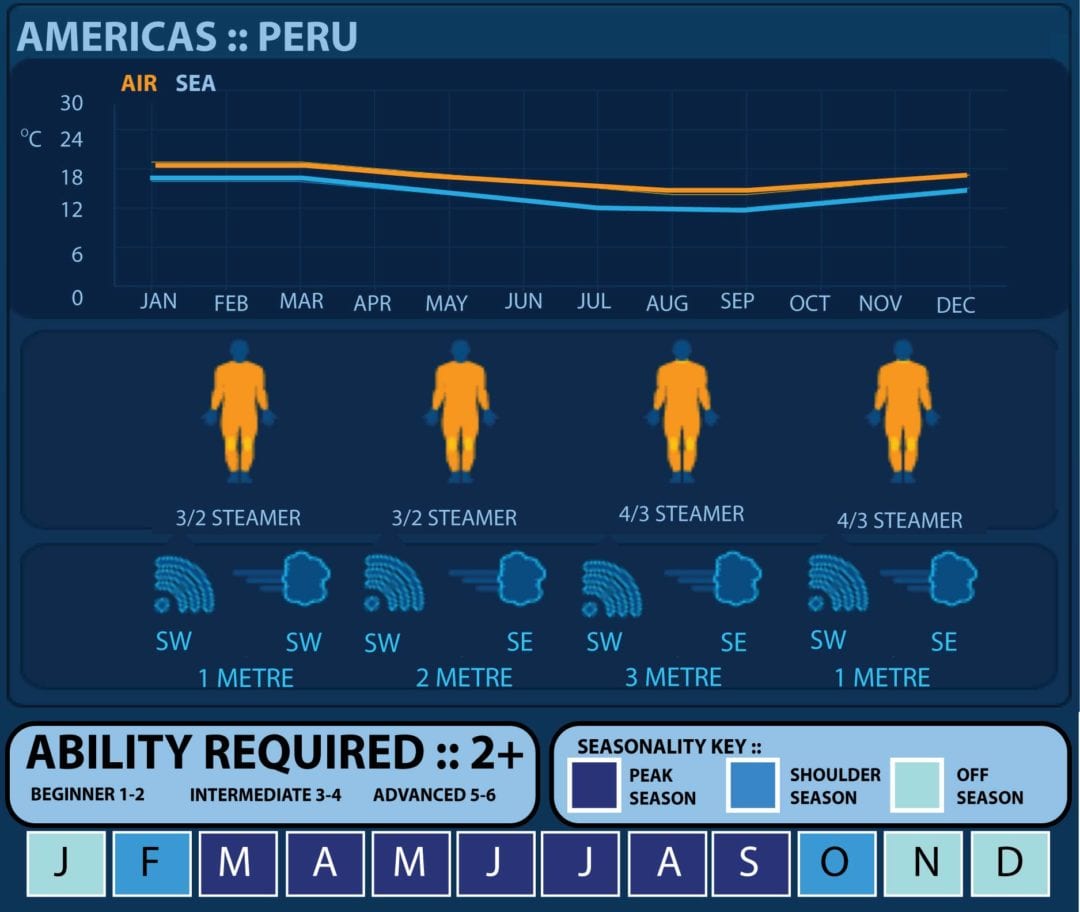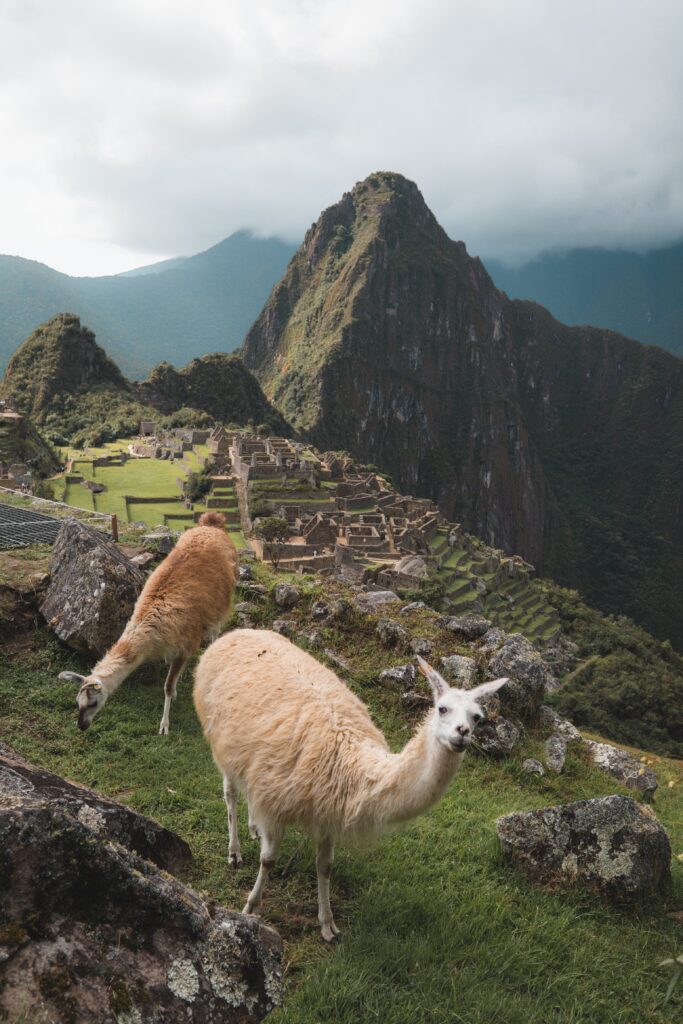Peru Surf Travel Guide
Peru has over 2,000 kilometres of Pacific Ocean coastline that hosts some of the longest waves on the planet. Northern Peru enjoys world-class waves all year around, attracting surfers from all over the world. The north swells wrap around the endless headlands providing perfect pointbreaks often without a soul around. South swells are usually bigger and more consistent than the north swells, with Punta Hermosa, just south of Lima, is a hub of cold-water quality.
Quick Facts
Chicama is considered the longest left in the world and one of surfing’s greatest natural attractions
Hosted the World Surf Titles back in 1965
Uncrowded waves
Welcoming country with thousands of years of culture and history
Where to surf
You will be spoilt for choice of where to surf. In the north of Peru you have Piura and Chicama, each area boasting several world-class breaks, whilst in the south near the capital Lima you get the same quality of waves, but a more consistent swell season.
Best Surf Breaks in Peru
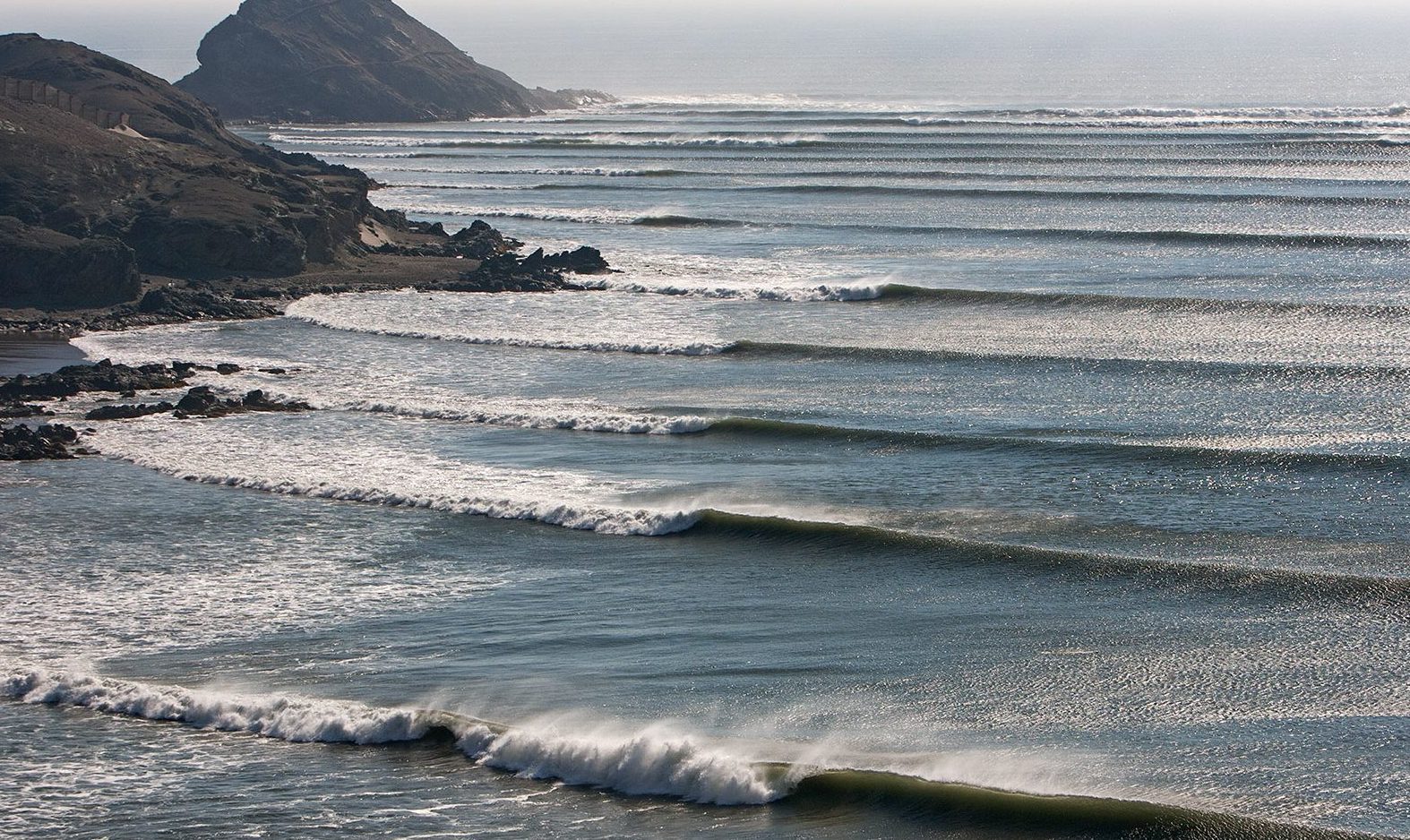

Chicama
Five sections that offer consistent hollow, fast, and powerful barrelling waves up to 1.5km long.
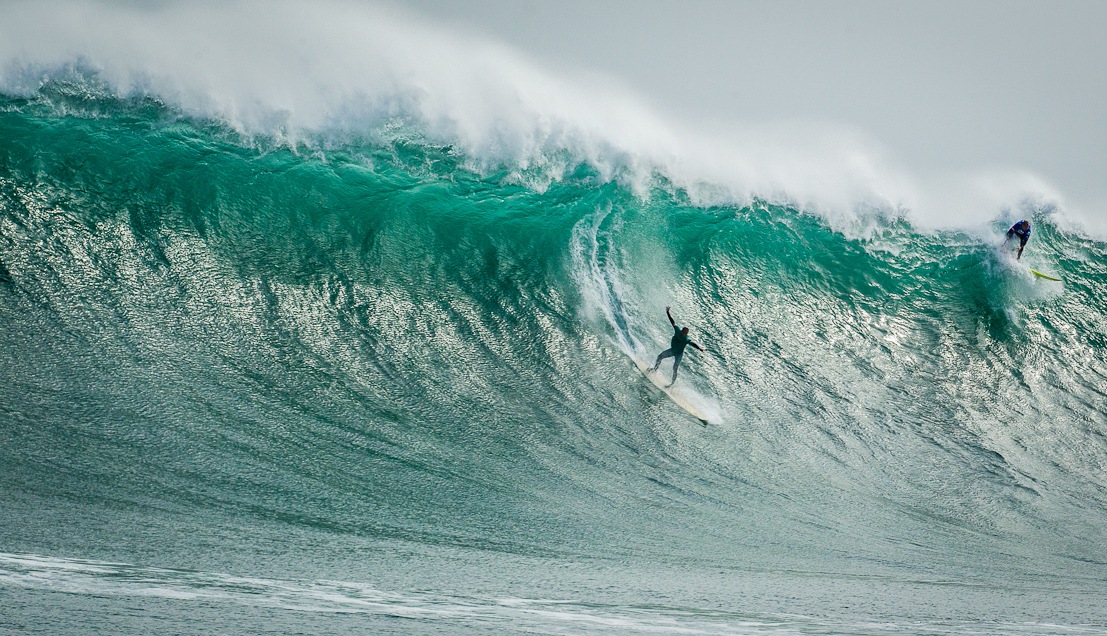

Pico Alto
Literally translated as Tall Peak, this is one of world’s premier big wave spots.
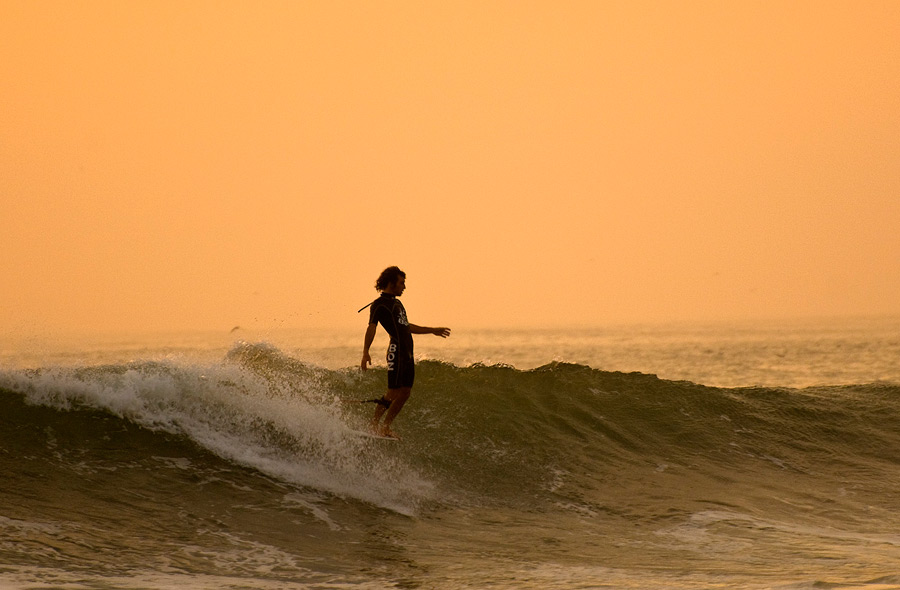

Huanchaco
According to the legend, 800 years ago Prince Tacaynamo and his court disembarked in Huanchaco in little horses made of totora reeds, to found the first Moche dynasty. The traditional crafts called the “caballitos de totora” (little horses of totora reeds) have been used by fishermen in the north coast of Peru since pre-Columbian times. Since they are still used nowadays, surfers can surf beside them and even enjoy a ride.
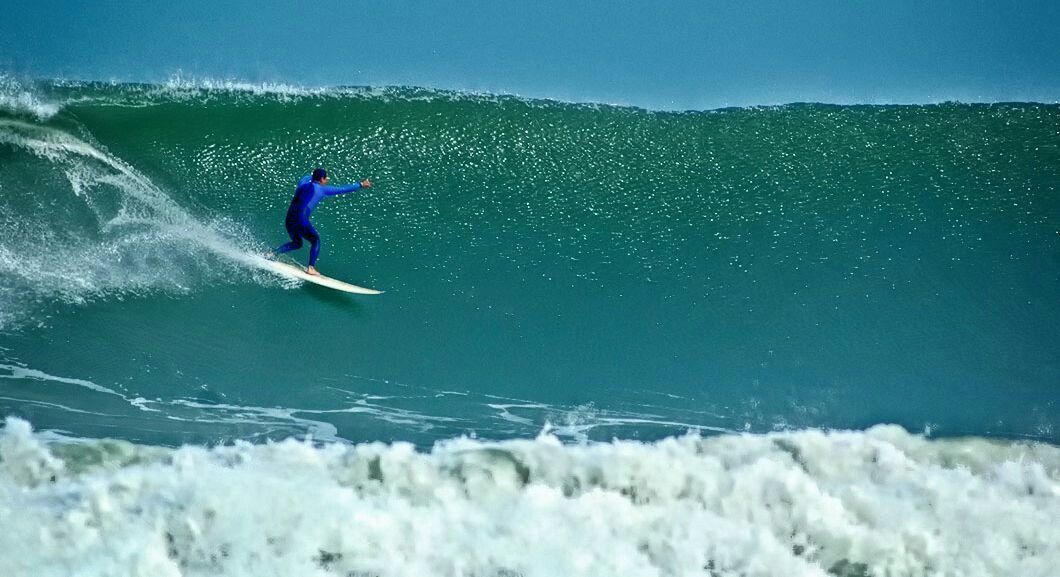

Pacasmayo
Endless left that has several sections, some speedy and barrelling, and others thick and slow, from 3 to 10 feet.


Peomape
Regional classic, barrelling, fast waves from 3 to 8 feet that provide a speedy ride of approximately 300 meters at a time.
Peru Surf Season
Peak season for the south swells is from March until November. In the far north, expect water temperatures to range from 21C to 25C, with the most consistent surf between March & July. Head down the coast to Chicama and the water temperature starts to fall but you can still get away with a shortie until July and August when it drops to around 16C.
Attractions
The Inca citadel of Machu Picchu is well-known, but no visitor remains unchanged by a visit to this ancient monument of human endeavor. Other must-sees are Chan Chan, with its largest pre-Columbian ruins in all the Americas. Fly over the puzzling geoglyphs etched into the arid earth at Nazca. Or venture into the rugged wilds that surround the enduring fortress of Kuélap.
The Country
Located in the west central part of South America, Peru is bordered to the north by Ecuador, to the south by Chile and Bolivia, to the east by Colombia and Brazil and to the west by the Pacific Ocean. Such is Peru’s size it is has three natural regions: coast, sierra and jungle that offer a diverse mix of climatic, natural and cultural diversity of its regions. The Andes feature permanent snow and ice fields that cover peaks that rise more than 5,000 m above sea level. Peru’s waters are relatively colder than other places due to the Humboldt Current but offer a rich and diverse marine life with sea lions, moray eels and frogfish and landscape adorned by kelp forests, walls and wrecks.
Getting There
Fly into the International airport at Lima (LIM). There are domestic flights to the Southern cities of Arequipa (AQP) and Cuzco (CUZ), eastern city of Iquitos (IQT), and the northern city of Piura (PIU), which is the closet airport for Chicama.
Travel Information
Time Zone
UTC –5.00
Currency
PEN
Calling code
+51
Electric
220V





